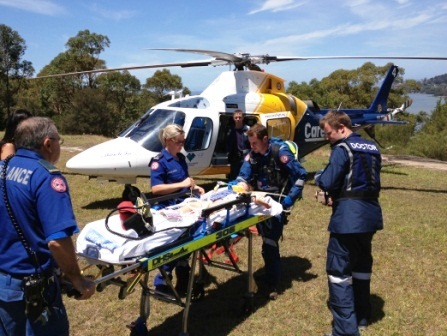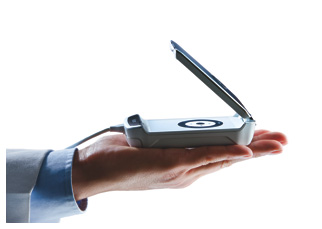Emergency Medicine Journal 2015 Mar 20. Advanced prehospital interventions for severe brain injury remains controversial. No previous randomised trial has been conducted to evaluate additional physician intervention compared with paramedic only care.
British Journal of Anaesthesia 114 (4): 657–62 (2015) Treatment of airway compromise in trauma patients is a priority. Basic airway management is provided by all emergency personnel, but the requirement for on-scene advanced airway management is controversial. We attempted to establish the demand for on-scene advanced airway interventions. Trauma patients managed with standard UK paramedic airway interventions were assessed to determine whether airway compromise had been effectively treated or whether more advanced airway management was required.
Abstract
|
Categories
All
Archives
October 2021
|


 RSS Feed
RSS Feed